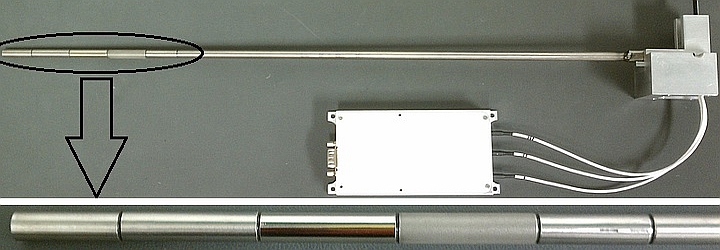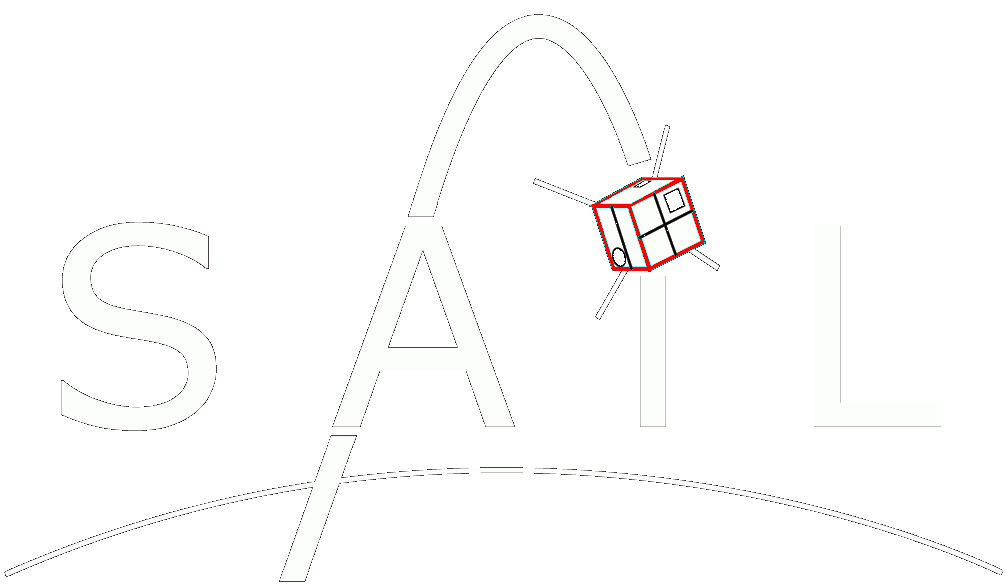
mDCP Design for WADIS Sounding Rocket Campaign
Charging of metallic surfaces by charge transfer from dust particles, due to differences in work functions or due to frictional contact, is known as triboelectric charging. If two surfaces come merely in contact with each other and then separate, the surface with lower work function loses an electron to the surface with higher work function [Harper, 1967]. This triboelectric current to a surface moving in dusty plasma is in addition to any thermal plasma current. Barjatya and Swenson [2006] have already shown the importance for considering the effects of triboelectrification on the interpretation of Langmuir-type probe datasets in the presence of dusty plasma.
The triboelectric current from neutral dust or neutral meteoric smoke particles to a fixed-bias DC Langmuir probe can also be used to determine a crude estimate of the particle number density of various neutral species, and at the very least their altitude profile. Three different surfaces should lead to three different triboelectric currents. The three surfaces were chosen such that we could bin the background neutrals into having four different work function bins. Each probe was biased +3V, and there was a guard @ +3V on each side.
Rapp et al (2012) have shown that most MSP will tend to have work function between 4 ~ 4.6 eV. Thus, all MSP will be a current source for Nickle (work function 5.1 eV) and Platinum (work function 5.9eV) which have a higher work function, but a partial current sink/source for Steel sensor (work function 4.4 eV). In other words, Nickle and Platinum will collect triboelectric current from MSP in addition to thermal plasma current. Whereas steel will either collect additional current, if the majority of MSP has work function greater than 4.4eV, or it will sink current to the MSP if the majority of MSP have work function less than 4.4 eV. For this experiment we are going to assume that majority of MSP have work function between 4.4 ~ 4.6 eV.
Free sodium atoms have an ionization potential of 5.1eV. (Rapp and Strelnikova, 2009). Thus, these sodium atoms will be a triboelectric current source to Steel and Nickle sensor, but a current sink to Platinum sensor.
Work function of ice particles (PMSE/NLC), as well as ionization potential of background Fe atoms is much larger than the work function of platinum. Thus, all these species will be a sink for all surfaces. i.e. all surfaces will give away their electrons thereby reducing their collected current. This is in addition to the electron bite-out current reduction, which simply is reduced thermal plasma current.
With the assumption that every triboelectric encounter between a neutral metal atom and a metallic sensor surface leads to one net electron transfer, a simple set of algebraic equations can be derieved that convert measured electron current into neutral atom density.

